The Automotive Market is characterized by intense competition among manufacturers, suppliers, and service providers. This market encompasses a wide range of products and services spanning passenger cars, commercial vehicles, electric vehicles, and automotive components. The landscape is shaped by various factors, including technological advancements, regulatory pressures, shifting consumer preferences, and evolving business models. Key players are continuously adapting to emerging trends such as sustainability and electrification while striving to enhance their market positions through strategic partnerships, innovations, and expansion in growing regions.
As companies navigate this dynamic environment, competitive insights reveal valuable information regarding market share, pricing strategies, product offerings, and overall performance indicators that highlight strengths and weaknesses amid fierce competition.
BMW has positioned itself as a premier automotive manufacturer in the Automotive Industry Market, known for its commitment to quality, performance, and advanced engineering. With a strong global presence, BMW combines luxury with innovative technology, setting industry standards through its extensive portfolio of vehicles that range from high-performance sports cars to environmentally sustainable alternatives.
The brand has successfully leveraged its distinctiveness through a robust marketing strategy that emphasizes the experience, performance, and lifestyle associated with driving a BMW. The company's continual investment in research and development has enabled it to remain at the forefront of advancements like electric and autonomous vehicle technologies, creating a competitive edge that reinforces its brand value and attracts a loyal customer base worldwide.
Subaru, another significant player in the Automotive Industry Market, is well-regarded for its all-wheel-drive vehicles and focus on safety and reliability. The company has carved out a niche market with a strong lineup that includes SUVs, sedans, and performance cars that appeal to adventurous consumers. Subaru's market presence is amplified by its unique engineering, which includes the use of the Boxer engine and symmetrical all-wheel drive, enabling superior handling and traction. The brand's commitment to sustainability is reflected in its business practices and product development initiatives.
Subaru’s strengths also lie in its customer loyalty and community engagement efforts, including initiatives that promote outdoor activities. In recent years, the company has engaged in strategic partnerships and collaborations within the industry, enhancing its capabilities while expanding its global reach. Through continuous innovation and a demonstrated commitment to quality and sustainability, Subaru maintains a competitive stature in the global market.
In January 2025, Volkswagen Group was awarded the title of the world’s most innovative automotive group, recognizing its leadership in electrification, digitalization, and next-generation mobility technologies. The award reinforces Volkswagen’s growing emphasis on R&D investment. It highlights the company’s strong progress in EV platforms and software integration.
In August 2025, Faraday Future announced its first full production plans for its new EV model, marking a milestone in its long-term strategy to deliver consumer electric vehicles. The production launch aims to stabilize supply and move the company toward regular deliveries. Investors and market watchers see this as a sign Faraday is stepping up manufacturing commitments.
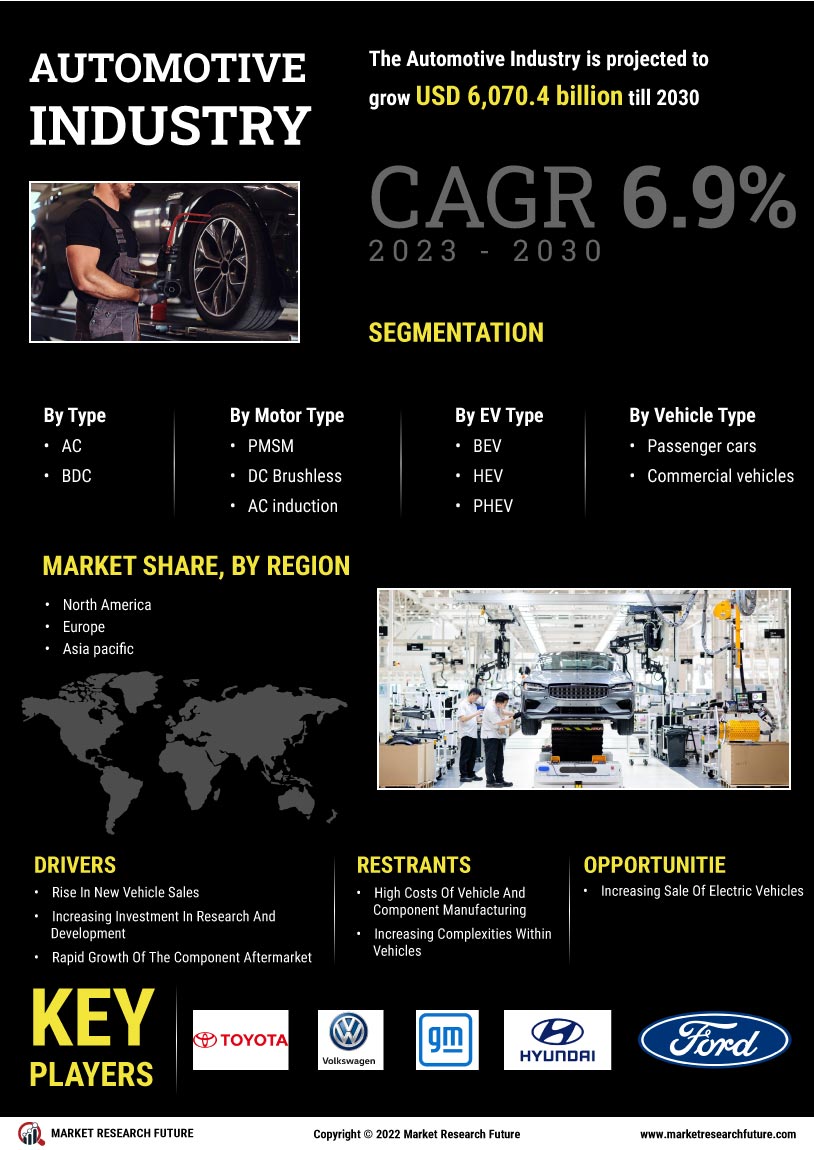

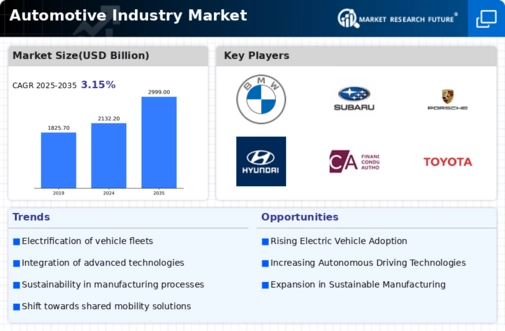
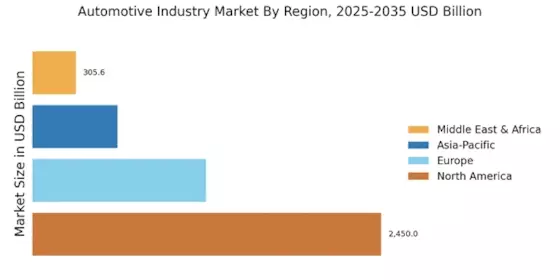
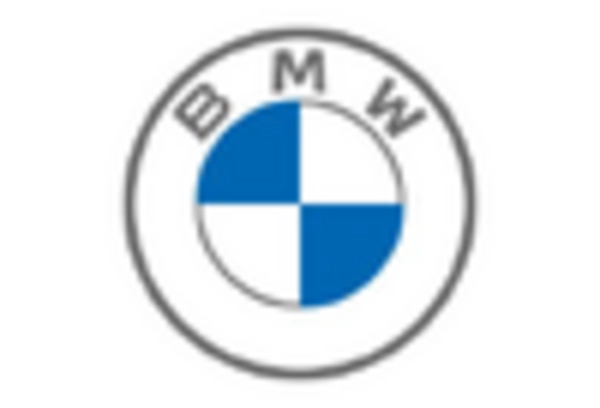

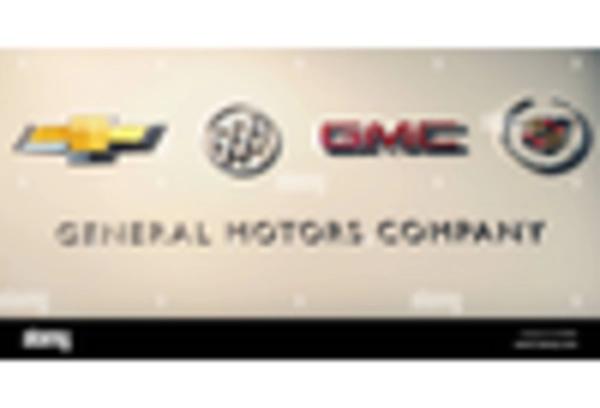
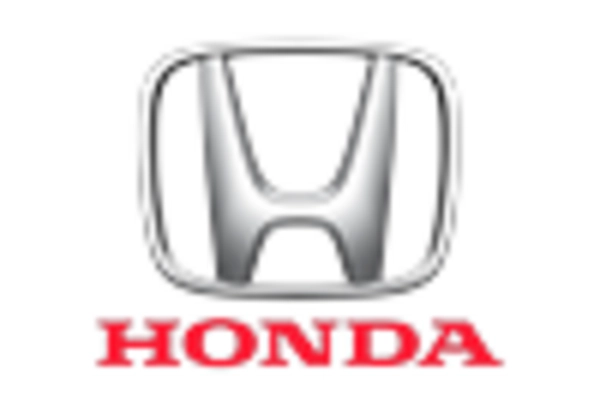
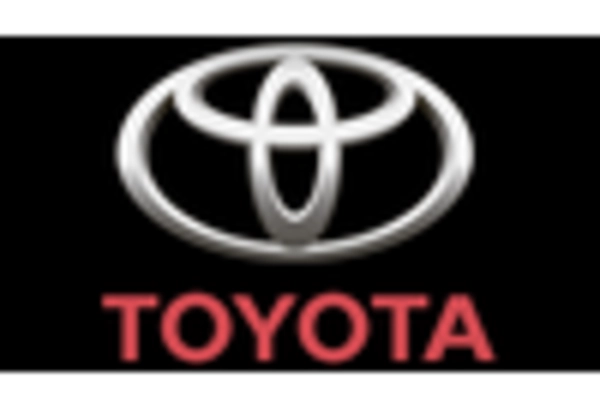
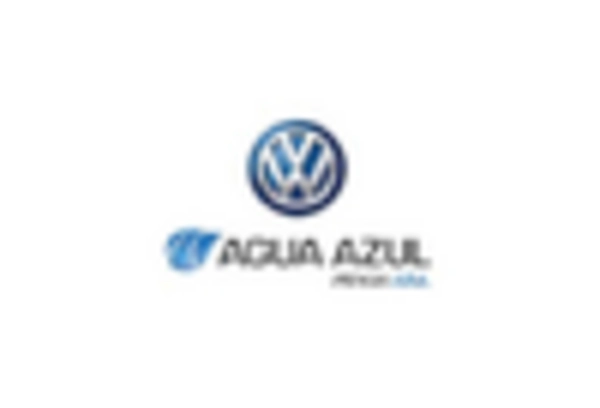








Leave a Comment